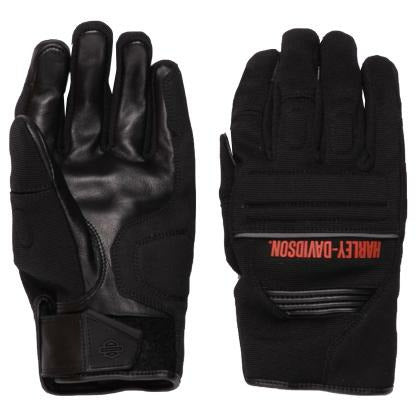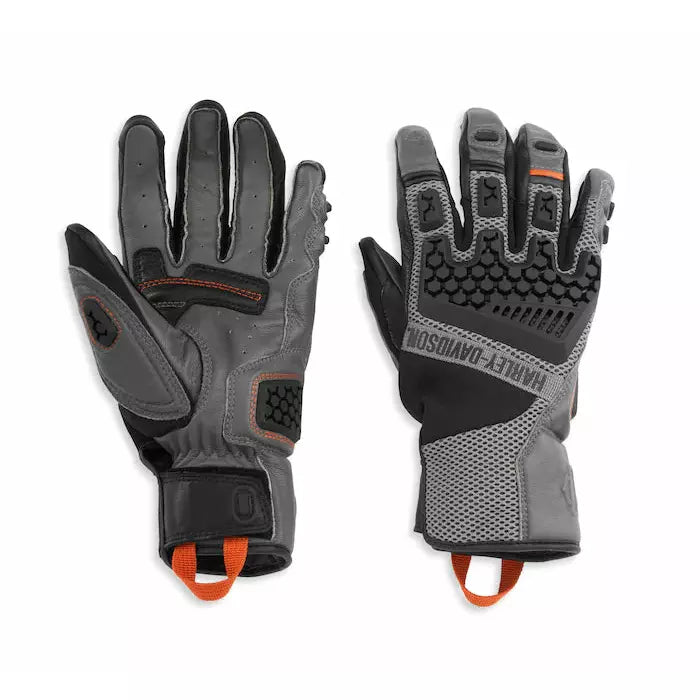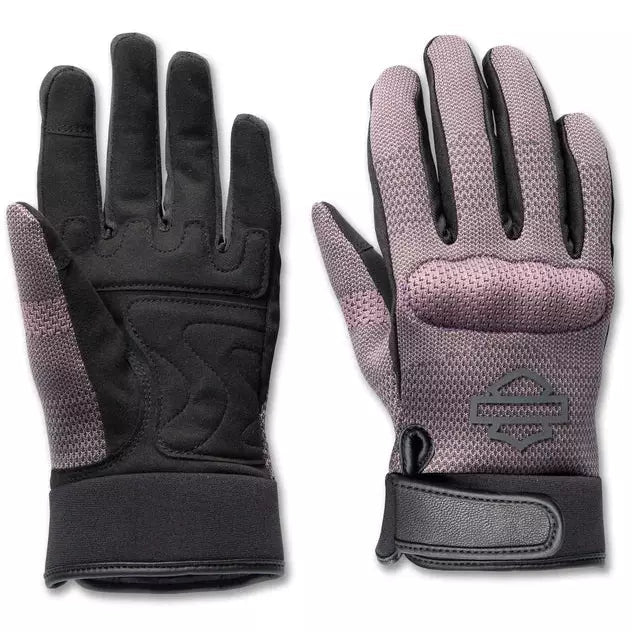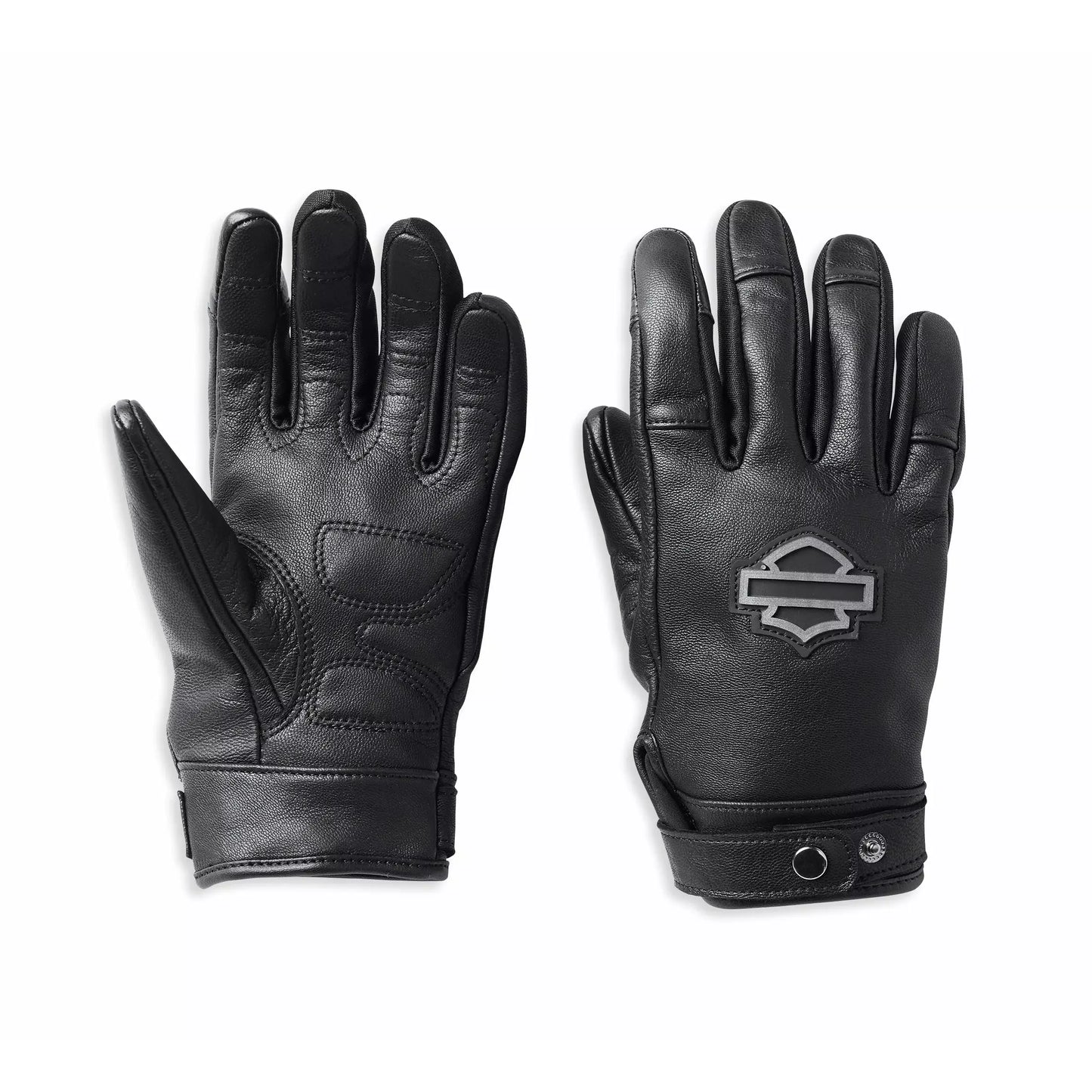# How to Choose the Right Motorcycle Helmet
Key Points:
- Consider head shape, fit, safety features, comfort, riding style, and maintenance.
- Prioritize safety and comfort.
- Consult professionals for expert advice and helmet fitting.
How to Choose the Right Motorcycle Helmet: The Ultimate Guide to Safety, Comfort, and Style
Riding a motorcycle is an exhilarating experience that offers freedom and a unique perspective of the world. However, it also comes with inherent risks, making it crucial to prioritize safety gear, particularly your helmet. The right motorcycle helmet can significantly reduce the risk of severe head injuries and fatalities in the event of an accident. This comprehensive guide will equip you with the knowledge and insights to select the perfect helmet that fits your head shape, riding style, and offers optimal safety and comfort.
I. Introduction
A. Importance of Choosing the Right Motorcycle Helmet
A motorcycle helmet is more than just a piece of protective gear; it's a life-saving device. In a motorcycle crash, a helmet is the single most critical factor in preventing or reducing head injuries. According to the National Highway Traffic Safety Administration (NHTSA), helmets are 37% effective in preventing fatal head injuries and 69% effective in preventing brain injuries.
B. Factors to Consider
Choosing the right motorcycle helmet involves considering various factors, including head shape and fit, safety features, comfort and practicality, riding style, and helmet maintenance. By carefully evaluating these aspects, you can select a helmet that provides maximum protection, comfort, and peace of mind while riding.
II. Head Shape and Helmet Fit
A. Identifying Your Head Shape (Oval, Round, Long, Intermediate)
The shape of your head plays a crucial role in finding a helmet that fits snugly and securely. There are four primary head shapes: oval, round, long, and intermediate (a combination of oval and round). Determining your head shape will help narrow down your helmet choices and ensure a comfortable and safe fit.
B. Helmet Fitment Guidelines
A properly fitting helmet should sit snugly on your head, without causing any discomfort or pressure points. It should not move around excessively when you shake your head or open your mouth wide. The helmet's cheek pads should touch your cheeks without causing excessive pressure, and the top of the helmet should not press down on your forehead.

Title: HARLEY DAVIDSON® MEN'S QUEST MIXED MEDIA GLOVES
Price: £91.99
SHOP NOW
C. Trying on Helmets and Checking for Proper Fit
Trying on different helmets is essential to find the right fit. Wear each helmet for a few minutes to assess its comfort level and overall fit. Pay attention to any areas that feel too tight or loose. It's also advisable to have a professional helmet fitter measure your head and provide expert advice on choosing the ideal helmet for your head shape.
"Choosing the right motorcycle helmet is a crucial decision that requires careful consideration of various factors. Head shape, fit, safety features, comfort, riding style, and maintenance are all important aspects to consider when selecting a helmet." - Expert Motorcycle Gear Retailer
III. Safety Features
A. DOT, ECE, and Snell Certifications
When selecting a motorcycle helmet, look for helmets that meet safety standards set by reputable organizations such as the Department of Transportation (DOT), the Economic Commission for Europe (ECE), and the Snell Memorial Foundation. These certifications ensure that helmets have undergone rigorous testing and meet specific safety criteria.
B. Helmet Construction (Polycarbonate, Composite, Fiberglass, Carbon Fiber)
Motorcycle helmets are constructed using various materials, each offering distinct advantages and disadvantages. Polycarbonate helmets are affordable and lightweight, while composite helmets provide a balance of strength and weight. Fiberglass helmets are known for their durability and protection, and carbon fiber helmets are lightweight and offer superior impact resistance. The choice of material depends on your budget and desired level of protection.
C. Internal Padding and Liner
The internal padding and liner of a motorcycle helmet play a crucial role in comfort and safety. Look for helmets with removable and washable liners, allowing you to maintain hygiene and keep the helmet fresh. Padding should be firm enough to provide support and absorb impact, but not so thick that it compromises ventilation.

Title: HARLEY-DAVIDSON® MEN'S GRIT ADVENTURE GLOVES
Price: £92.99
SHOP NOW
D. Chin Strap and Retention System
The chin strap and retention system are critical components of a helmet's safety features. Ensure that the chin strap is adjustable and secure, with a quick-release mechanism for easy removal in case of an emergency. Look for helmets with double D-ring retention systems, which are considered the most secure.
E. Sun Visor and Tinted Visors
A sun visor or tinted visor can be extremely helpful in reducing glare and improving visibility while riding during the day. Some helmets come with integrated sun visors, while others allow you to attach a separate visor. Consider your riding conditions and personal preferences when choosing a helmet with a sun visor.
F. Communication Systems and Bluetooth Connectivity
Modern motorcycle helmets often come equipped with communication systems that allow riders to communicate with each other and with their GPS devices. Bluetooth connectivity is a convenient feature that enables riders to connect their helmets to their smartphones for music, phone calls, and navigation instructions.
IV. Comfort and Practicality
A. Weight and Ventilation
The weight of a motorcycle helmet can significantly impact your riding experience, especially on long rides. Choose a helmet that is lightweight and comfortable to wear for extended periods. Adequate ventilation is also crucial for keeping your head cool and dry during hot weather. Look for helmets with multiple vents to ensure proper airflow.

Title: HARLEY-DAVIDSON® WOMEN'S DYNA KNIT MESH GLOVES
Price: £70.15
SHOP NOW
B. Noise Reduction and Soundproofing
Motorcycle helmets can generate a significant amount of noise, especially at highway speeds. Consider helmets with advanced noise reduction features, such as soundproofing materials and aerodynamic designs, to minimize wind noise and engine noise.
C. Anti-Fog Treatment for Visors
Anti-fog treatment on the visor can be a lifesaver when riding in cold or humid conditions. This treatment helps prevent fogging, ensuring clear visibility at all times. Some helmets come with anti-fog-coated visors, while others require you to apply a separate anti-fog treatment.
D. Pinlock Inserts
Pinlock inserts are another effective way to prevent fogging on your helmet's visor. These inserts are small, transparent discs that attach to the inside of the visor, creating a sealed air pocket that prevents moisture from condensing on the visor's surface.
E. Hydration System Compatibility
Some motorcycle helmets are designed to accommodate hydration systems, allowing you to stay hydrated on long rides without having to remove your helmet. This feature is particularly useful for adventure riders and long-distance tourers.

Title: HARLEY-DAVIDSON® WOMEN'S METROPOLITAN LEATHER GLOVES
Price: £86.99
SHOP NOW
F. Helmet Accessories (Speaker Mounts, Camera Mounts)
Motorcycle helmets can be equipped with a variety of accessories to enhance comfort and functionality. These accessories include speaker mounts for communication systems, camera mounts for action cameras, and even visors with built-in sun shades. Choose accessories that suit your riding needs and preferences.
V. Riding Style and Helmet Types
The type of motorcycle helmet you choose should align with your riding style and the type of motorcycle you ride. Here are the main helmet types and their intended use:
A. Full-Face Helmets (Maximum Protection, Noise Reduction)
Full-face helmets offer the highest level of protection, covering the entire head, face, and chin. They provide excellent noise reduction and are ideal for sport riding, track days, and high-speed riding.
B. Modular Helmets (Flip-Up Chin Bar, Versatility)
Modular helmets feature a flip-up chin bar, allowing you to easily open the front of the helmet for increased airflow and convenience. They offer a good balance between protection and versatility, making them suitable for various riding styles.
C. Open-Face Helmets (Wide Field of Vision, Less Protection)
Open-face helmets provide a wide field of vision and are popular for casual riding and cruising. However, they offer less protection compared to full-face and modular helmets.
D. Dual-Sport Helmets (Off-Road and On-Road Versatility)
Dual-sport helmets are designed for both on-road and off-road riding. They typically have a visor and a peak, providing protection from the sun, mud, and roost.
E. Cruising Helmets (Comfort, Style, Less Aerodynamic)
Cruising helmets are designed for comfort and style, with a focus on long-distance touring. They may have a wider field of vision and less aerodynamic design than sport helmets.
VI. Maintenance and Care
A. Cleaning the Helmet (Exterior and Interior)
Regularly cleaning your motorcycle helmet is essential for maintaining its protective capabilities and ensuring hygiene. Use a mild detergent and lukewarm water to clean the exterior of the helmet, and use a soft cloth and antibacterial wipes to clean the interior. Avoid harsh chemicals or abrasive materials that could damage the helmet's finish or liner.
B. Helmet Lubrication (Moving Parts, Seals)
Moving parts, such as the chin strap mechanism, visor hinges, and vents, should be lubricated periodically to ensure smooth operation and prevent premature wear. Use a silicone-
FAQ
1. How do I determine my head shape to find the right helmet fit?
To determine your head shape, wrap a measuring tape around your head, just above your eyebrows and ears. The circumference of your head will help you identify your head shape as oval, round, long, or intermediate.
2. What are the key safety features to look for when choosing a motorcycle helmet?
Look for helmets that meet safety standards set by reputable organizations like DOT, ECE, or Snell. Ensure the helmet has a sturdy construction, such as polycarbonate, composite, fiberglass, or carbon fiber. Check for a well-designed chin strap and retention system, as well as a sun visor or tinted visor for improved visibility.
3. How can I ensure a snug and secure helmet fit?
Try on different helmets until you find one that fits snugly without causing discomfort or pressure points. The helmet should not move excessively when you shake your head or open your mouth wide. The cheek pads should touch your cheeks without excessive pressure, and the top of the helmet should not press down on your forehead.
4. How do I keep my motorcycle helmet clean and well-maintained?
Clean the exterior of the helmet with a mild detergent and lukewarm water, and use antibacterial wipes to clean the interior. Lubricate moving parts like the chin strap mechanism and visor hinges with a silicone-based lubricant. Regularly clean and apply anti-fog treatment to the visor, and store the helmet in a dry, cool place away from direct sunlight.
5. How often should I replace my motorcycle helmet?
Replace your motorcycle helmet every 3 to 5 years, even if it shows no signs of damage. It's crucial to replace the helmet immediately if it has been involved in an accident, regardless of its condition.
6. Is it important to consider my riding style when choosing a motorcycle helmet?
Yes, choosing a helmet that aligns with your riding style is essential. Full-face helmets offer maximum protection for sport riding and track days, while modular helmets provide versatility for various riding styles. Open-face helmets offer a wider field of vision but less protection, while dual-sport helmets are designed for both on- and off-road riding. Cruising helmets prioritize comfort and style for long-distance touring.
7. Can I find expert advice on choosing and fitting a motorcycle helmet?
Yes, you can consult experienced motorcycle gear retailers or professional helmet fitters for expert advice. They can help determine your head shape, ensure a proper helmet fit, and recommend the best helmet for your needs and riding style.
Explore More:
Click to Rev Up Your Style: Explore Our Motorcycle Helmets Collection
Experience the Thrill: Dive into Our Motorbike Helmet Assortment
Stay Protected and Stylish: Shop Our Motorcycle Jacket Collection